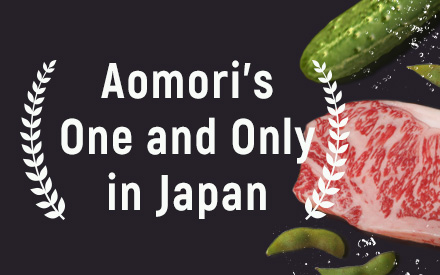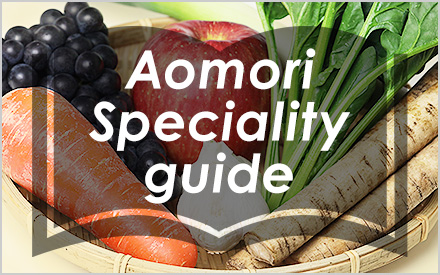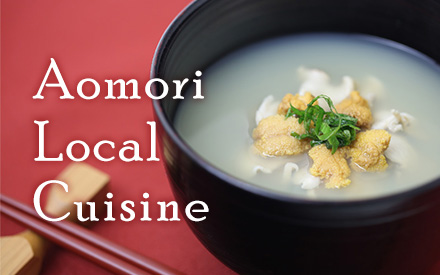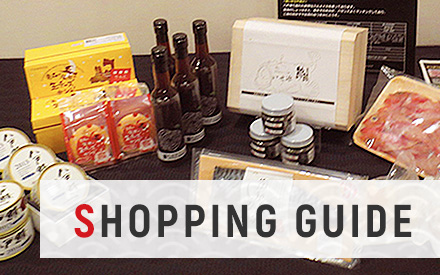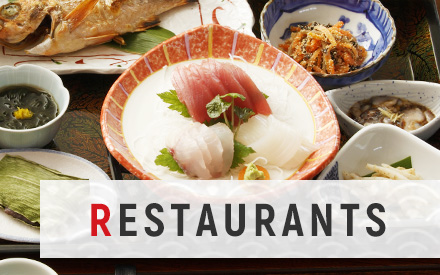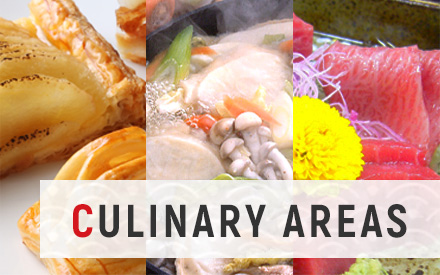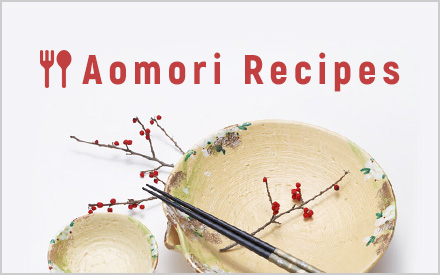Aomori vegetables are the product of the rich environment as well as the special care and integrity of the farmers. Each product is delivered with pride and confidence.
Aomori is the number one producer of garlic and gobo (burdock root) in Japan. It holds 69% of the market share for garlic with 14,200 tons annually, and 39% for gobo (burdock root) with 48,700 tons according to the 2016 data.
Aomori has many traditional vegetables, some with history tracing back to the Edo period. Aomori produce has a solid reputation in Japan owing to its long history and connection to the natural environment, terrain, and local food culture.
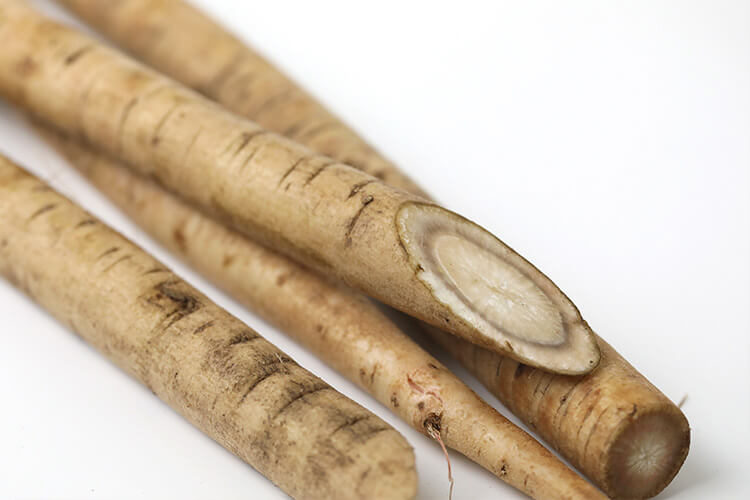
Gobo
Aomori prefecture is the number one producer of gobo in the nation. Production season reaches its peak between fall and winter. It is produced as... more
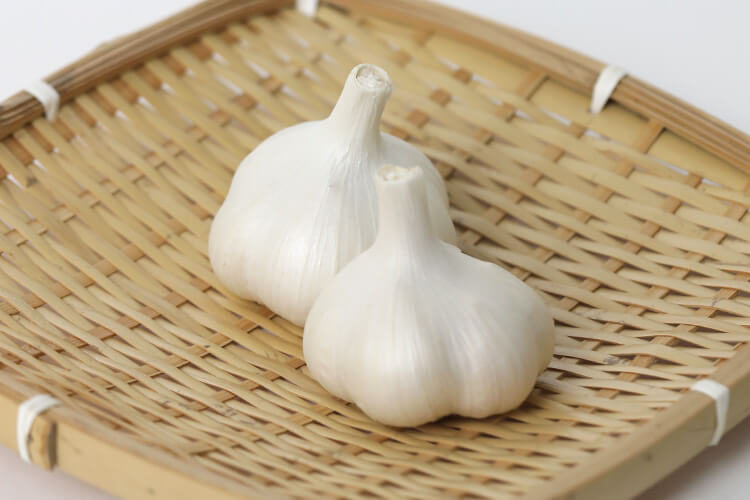
Garlic
Accounting for 70% of the country’s market share, Aomori is the largest producer of garlic in Japan. Aomori garlic is known for its large and... more
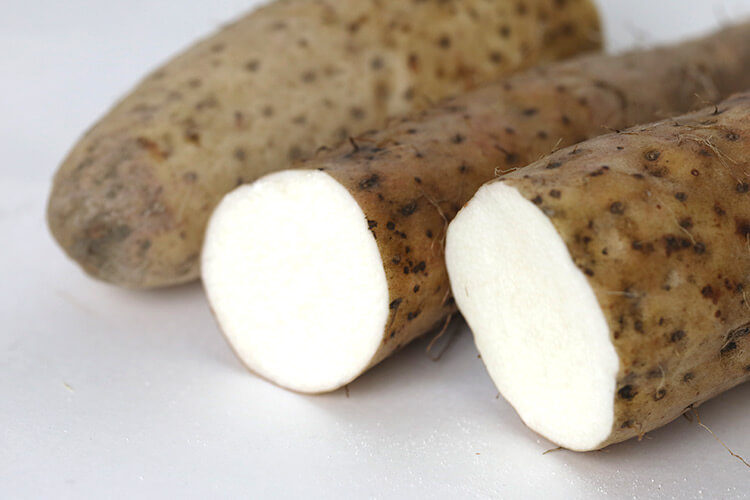
Nagaimo
Nagaimo, or Japanese yam, produced in Aomori claims a 40% share of domestic distribution. In recent years, there has been an increase in the numbers... more
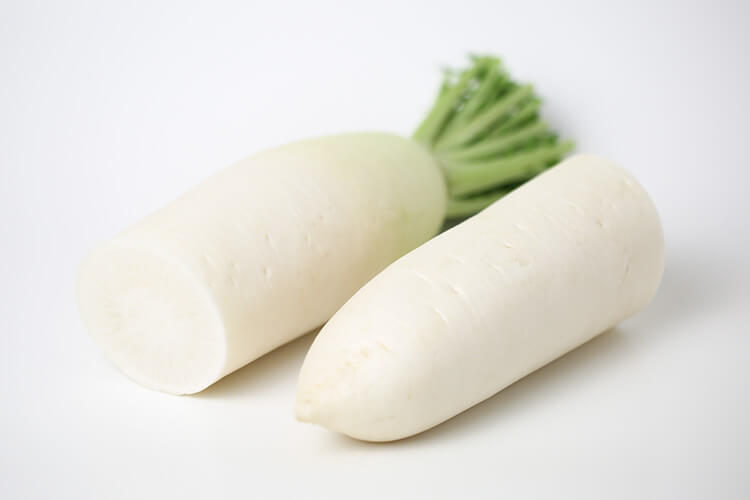
Daikon
Aomori daikon benefits from the distinct seasonal climate between spring and fall as well as the terrain. Daikon claims the largest crop acreage and product... more
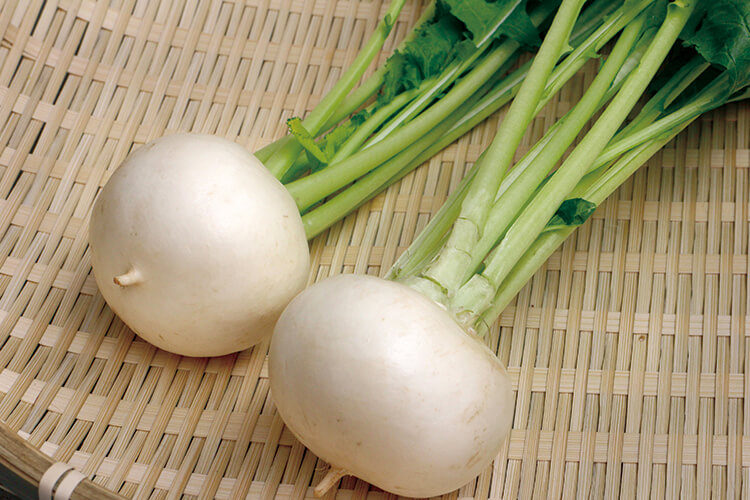
Turnip
With the peak production season in the summer, Aomori is the third largest producer of turnips in Japan, with most being destined for the Kanto... more
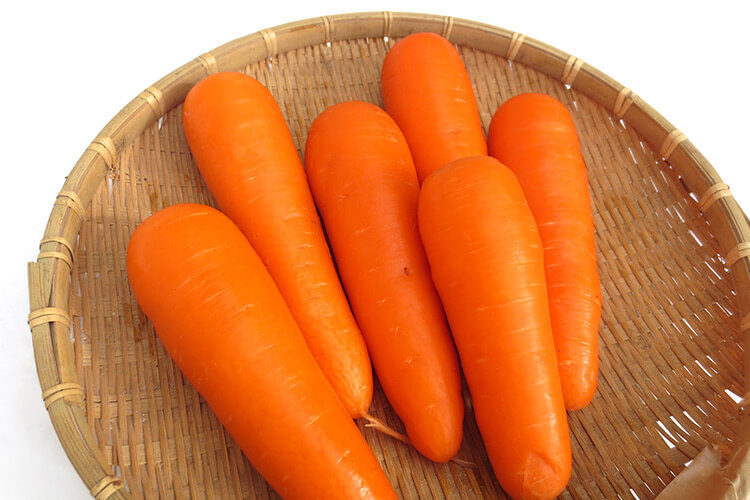
Carrots
Aomori is the fourth largest producer of carrots in Japan. Soft and sweet, carrots from Aomori are known for keeping well. Production reaches its peak... more
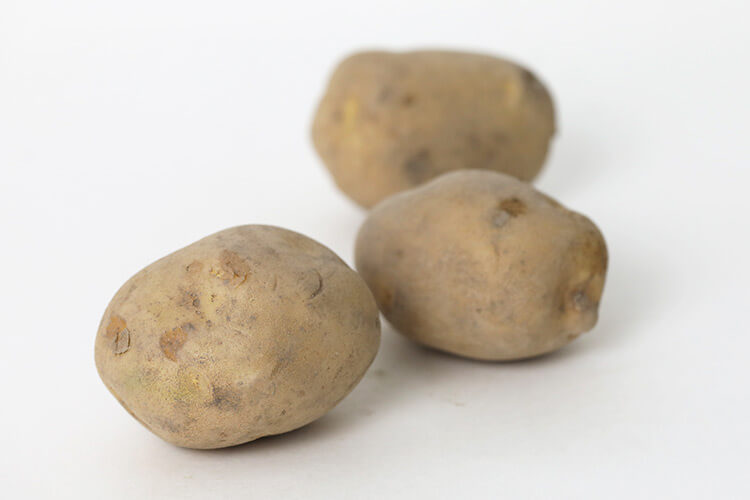
Potatoes
Although Hokkaido is the eminent producer of potatoes in Japan, Aomori is another major producer, ranking as the sixth largest in the nation. 90% of... more
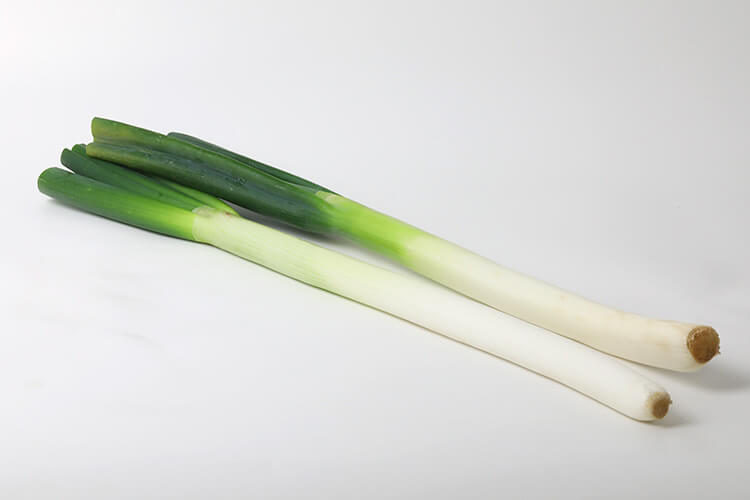
Green Onion
Preference in types of green onions differs depending on the region in Japan. In the Kanto region (Tokyo and surrounding prefectures), green onions with longer... more
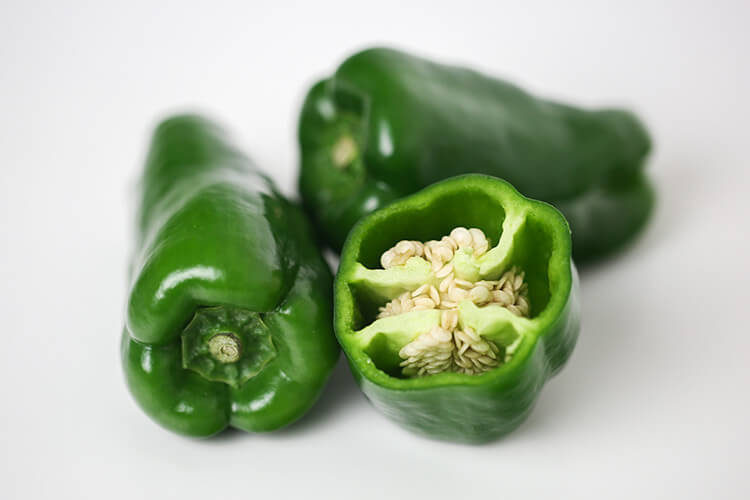
Japanese Green Bell Pepper
Japanese green bell peppers are fleshy and firm with a sweetness that can be brought out when cooked. In Aomori, green bell pepper is mostly... more
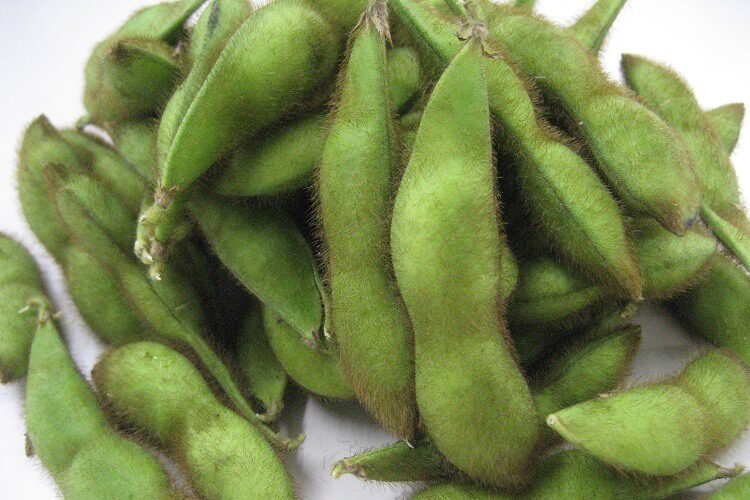
Kemame
Kemame, which means furry beans, is a native edamame variety that is mainly cultivated in Tsugaru region of Aomori. The beans are larger and have... more
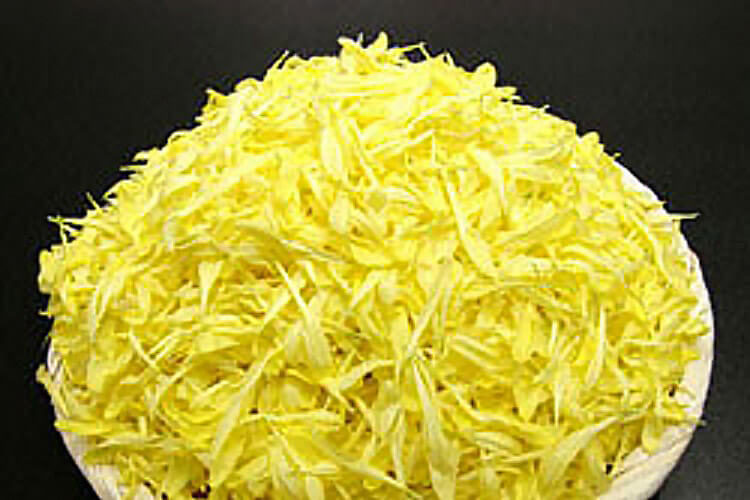
Chrysanthemum Flower
Japanese people have long cherished the chrysanthemum flower. The flower is said to have longevity effects and is prized by the Japanese as a medicinal... more
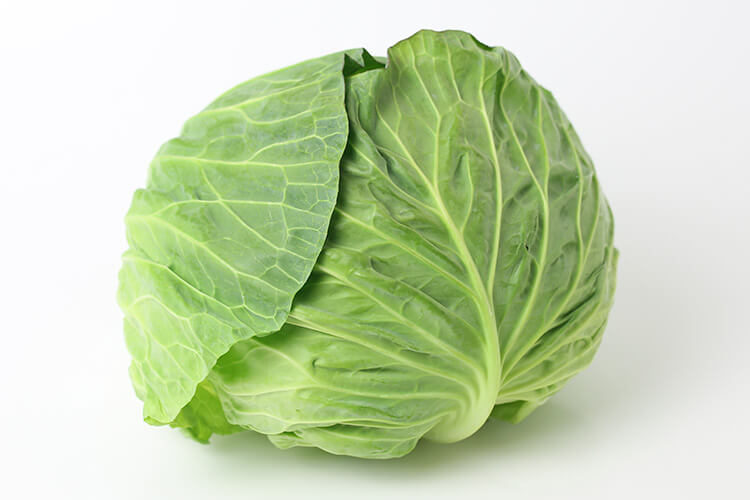
Cabbage
Aomori cabbage is shipped between June and October, with summer/fall cabbage (July~October) production ranking seventh nationwide. Spring cabbage, suited for salads, dominates Aomori’s cabbage production... more
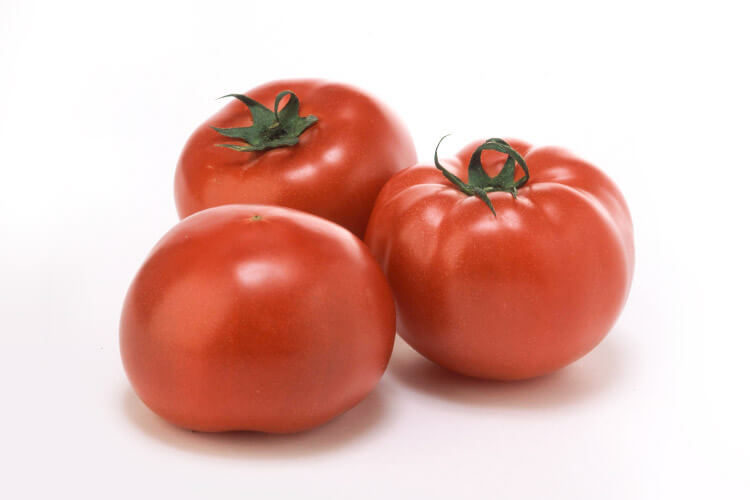
Tomato
Production of tomatoes can be divided into two varieties, fresh eating tomatoes and cooking tomatoes. In Aomori, fresh eating tomatoes make up the majority of... more
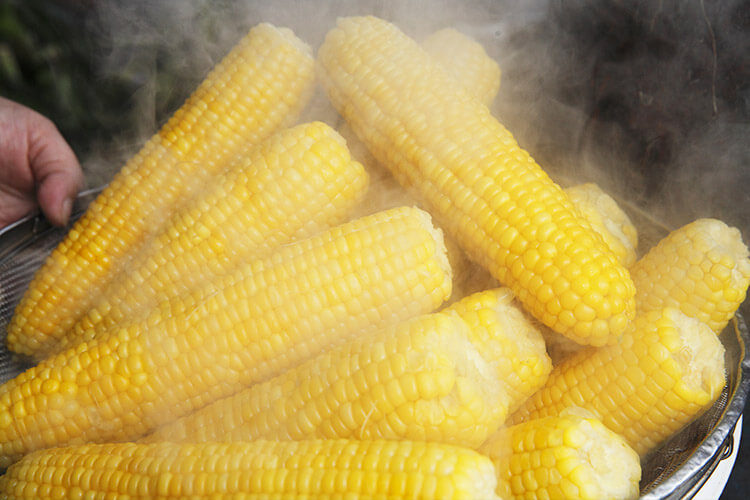
Dake-kimi
Aomori’s premium corn, Dake-kimi, is grown and harvested in the Dake area at the foot of Mt. Iwaki, west of Hirosaki city. Dake-kimi is a... more
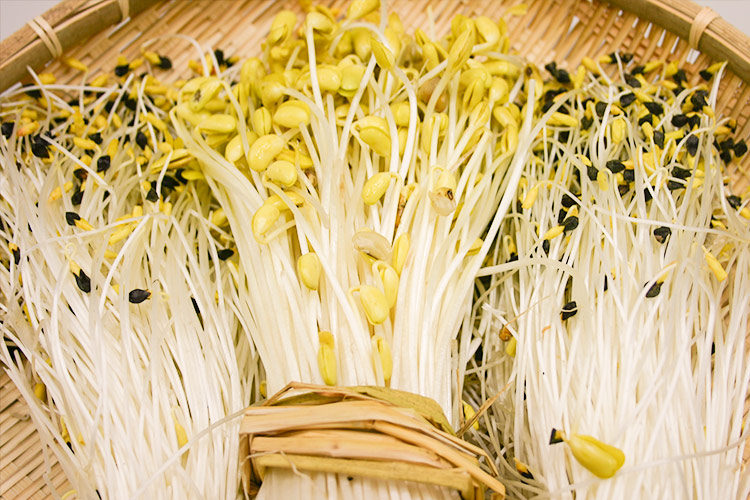
Owani Onsen Bean Sprouts
Center is soy bean sprouts, right and left are soba bean sprouts. Owani Onsen bean sprouts have a 350-year history and tradition in the historic... more
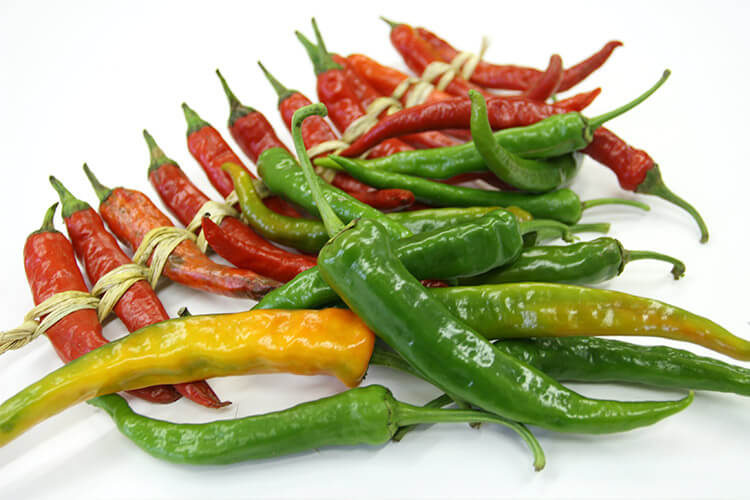
Shimizumori Namba
Shimizumori Namba is a variety of red pepper with a history of more than 400 years. It is said to have been brought from Fushimi... more
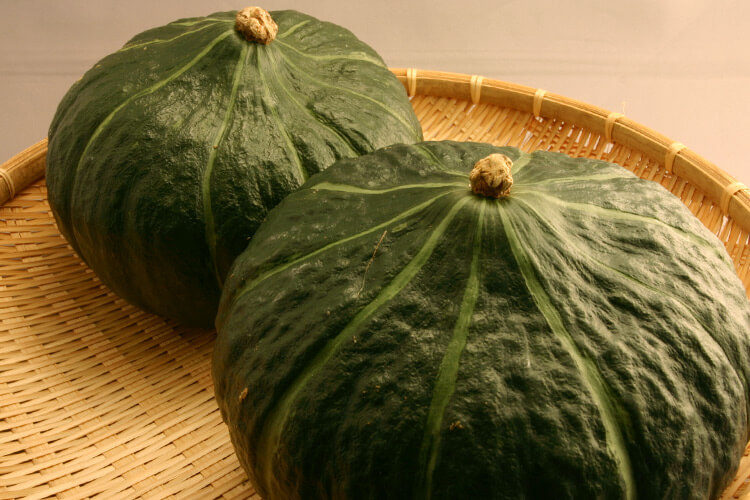
Ikkyu Nyukon Kabocha Squash
Kabocha squash, also known as Japanese pumpkin, looks different from western pumpkins. While kabocha squash has a deep green color and bumpy-looking skin, its western... more
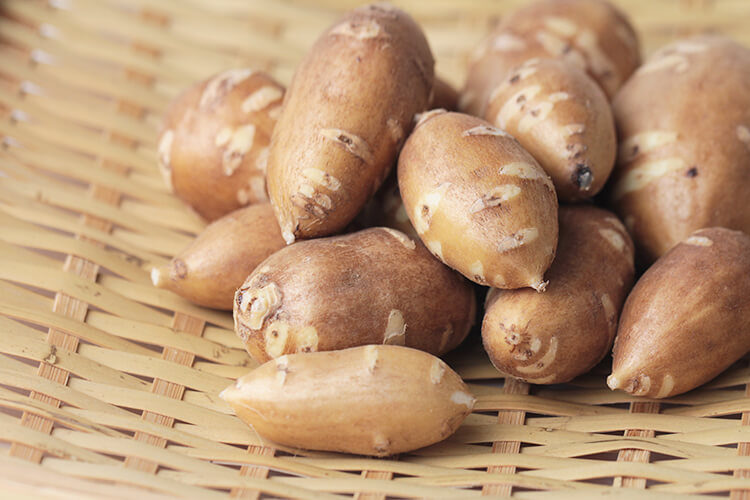
Shimokita Apios Americana
Apios americana is a vegetable in the pea family, native to North America. Along with yacón and sunflower potatoes, apios americana is known as one... more
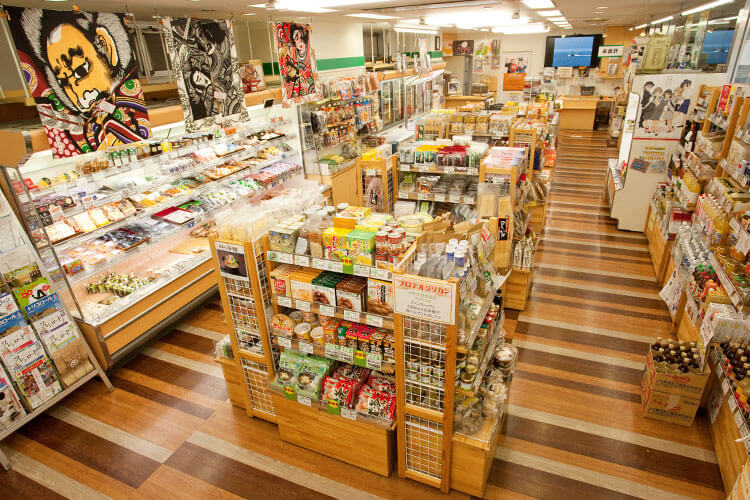 Aomori Hokusaikan - Tokyo
Aomori Hokusaikan - Tokyo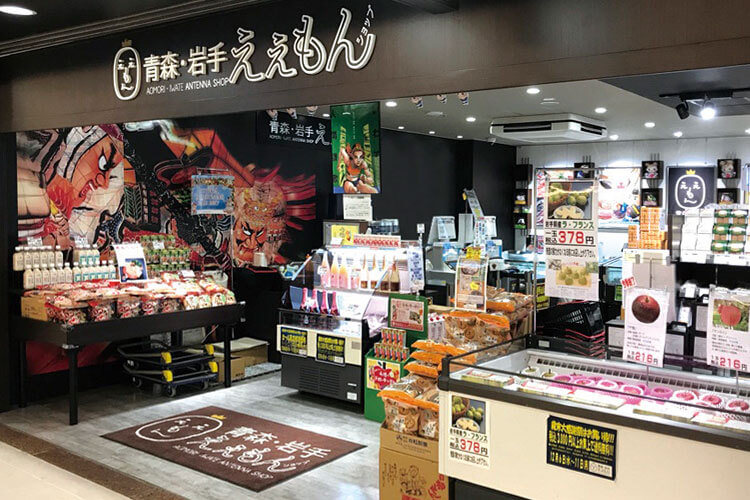 Aomori/Iwate Eemon-Shop - Osaka
Aomori/Iwate Eemon-Shop - Osaka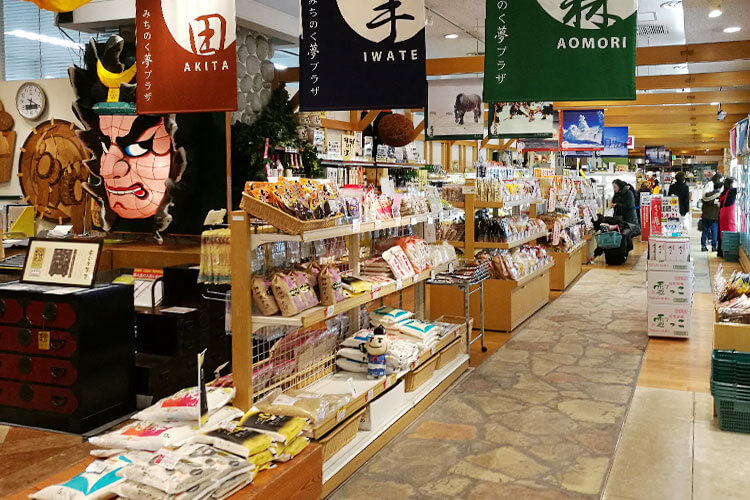 Michinoku Yume Plaza - Fukuoka
Michinoku Yume Plaza - Fukuoka
